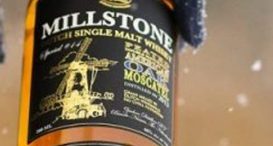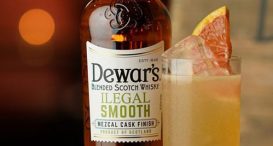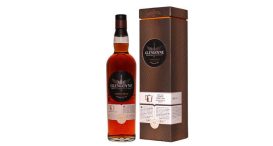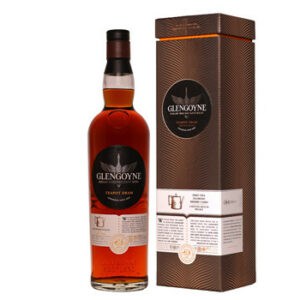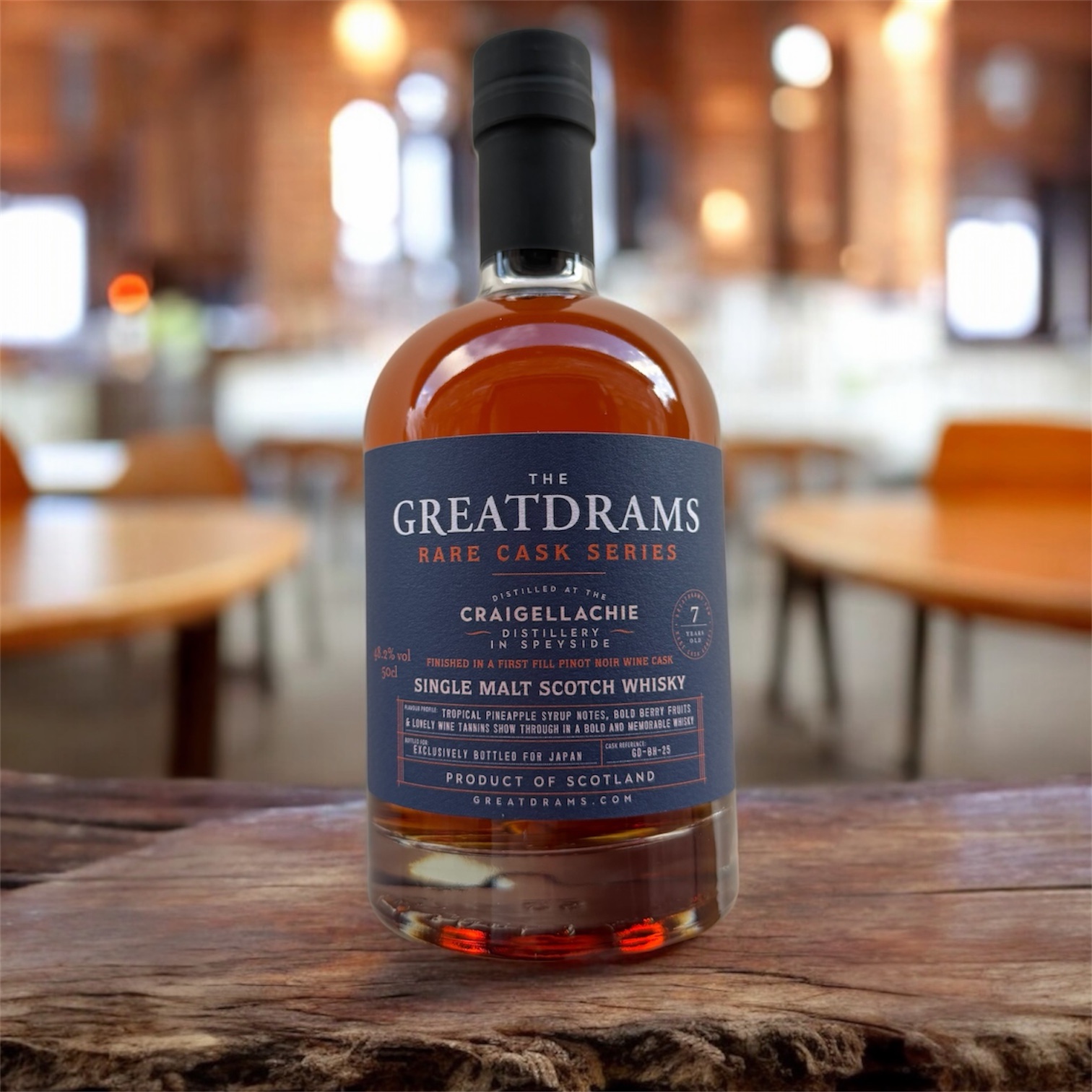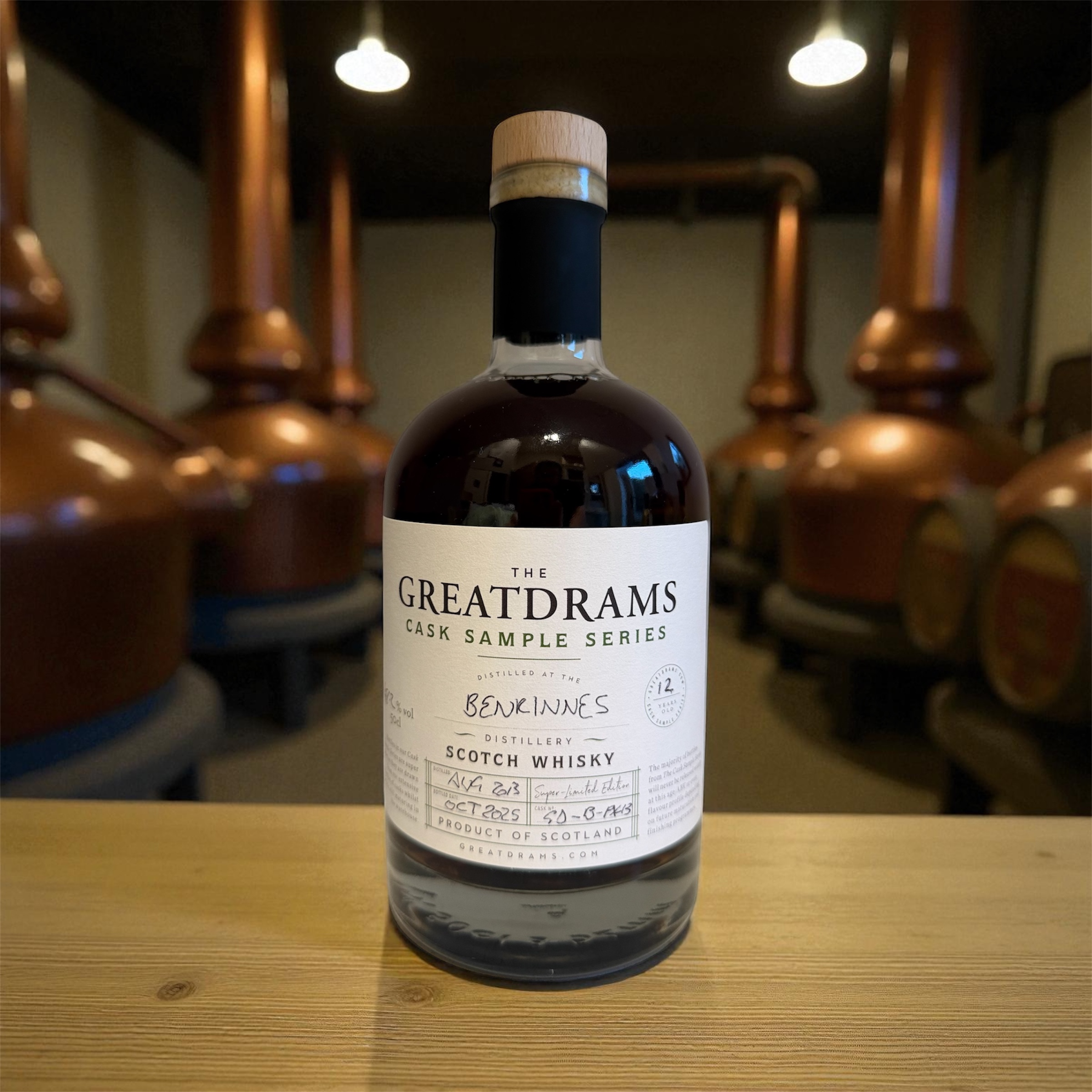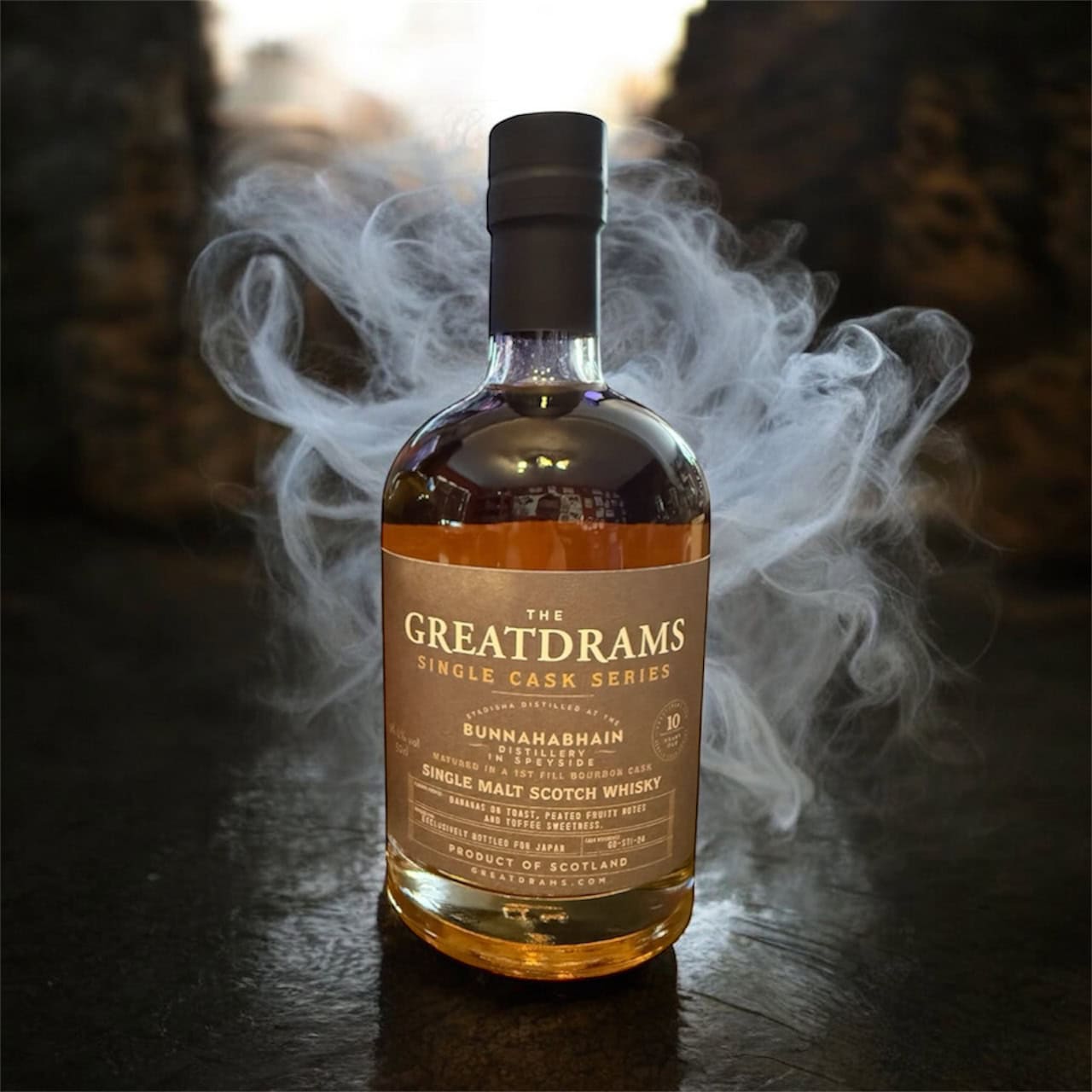Taking a look at transparency and trust in the historic marketing of Scotch whisky
let’s begin
We take a deep dive in the historic marketing of Scotch whisky.
Peter Mackie and Scotch – maverick, owner of several distilleries – set up the first lab to study the science of whisky. Mackie, also known as “Restless Peter”, was described as “One-third genius, one-third megalomaniac and one-third eccentric” by the author Sir Robert Bruce-Lockhart. He was associated with several distilleries, including Lagavulin, Laphroaig and Craigellachie to name a few. He was known for fighting his corner, and famously took on Chancellor of the Exchequer David Lloyd George over a tax on Whisky.
At GreatDrams, I truly believe that as an industry we need to establish a platform of knowledge and understanding of whisky and what true innovation is within the category as this is critical to the continued success of Scotch whisky. Looking at the historic marketing of Scotch whisky can help.
“The unrivalled diversity and quality that Scotch offers to the world is in part due to its being the most regulated and protected spirit in the world and therefore the most transparent,” Dr. Nick Morgan stated at the Whisky & Spirits Conference a couple of years ago, and I could not agree more. Rum has weak regulations, Japanese whisky – for all that it is heralded – has weak definition and often what looks like a Japanese whisky is actually Scotch whisky in Japanese dress and what is Small Batch Bourbon?
At the very least there should be a drive for clarity as to what American whisky actually is? We are not the first blog to consider this debate. Take a look here for questions about the definition of American Whiskey, or here about what Japanese Whisky actually means.
Originally whisky regulations and rules were developed from food regulation in the early 19th Century as regulations were desperately needed to prevent contamination and tampering through malice. Seriously. The adulteration of whisky was a real issue at the time with publicans and black market sellers using acid and oil to dilute and create fake whisky.
During the “What is Whisky” case of 1908 / 1909, the government seized whisky and accused producers of adulteration of the product as it contained both malt and grain whisky – what we commonly know as a blend today. There was a Parliamentary enquiry, scientists, customs officers and all manner of experts were called to give evidence. Brilliantly, this is now the biggest treasure trove of information about the industry from that early era, it even made the front page of the Daily Mail.
It really started with the publication of an Irish book called “Truths about Whiskey” in 1878. This book was published with the co-operation of some of the biggest names in Irish Whiskey, including Jameson and Power. this was really a debate about stills, but in Scotland, the debate took a different turn and focused on quality and blends
This is a really important point in the historic marketing of Scotch whisky. The debate raged and came to a head in 1908. This was when distillers demanded to know the answer to what constituted Whisky in the eyes of the law. What proportions of grain spirit could be used? What stills must be used? How long could it be matured for?
In answer to this, the Royal Commission on Whiskey and Other Potable Spirits was set up by the government. The commission eventually decided that, ““Whisky” is a spirit obtained by distillation from a wash saccharified by the diastase of malt, that “Scotch Whisky” is whisky, as above defined distilled in Scotland.” Those who created blends and those who used controversial stills, such as the patent still, rejoiced at the lack of detail surrounding stills and grain proportions.
Dr. Nick Morgan also said during his talk that at the same time, the Cambus distillery put money into publicity around grain whisky being as great as malt whisky and ‘not a headache in a gallon’ as illicit malt whisky was often described, in order to counter these claims of a counterfeit product.
The results in 1909 commission was in effect the first definition of Scotch whisky agreeing that Scotch whisky can be made with grain, malt or grain and malt and must not contain enzymes in the maturation process. This legitimised the whisky producers’ product in the eyes of the public and the eyes of law.
Then advertising of the product went from quaint advertising to sustained campaigns by blended whisky companies like Johnnie Walker and Dewar’s that were all created to win the trust of the public, noting that this was a relatively new product and had only been in England from around 1880. They were trying to build this consumer trust by leveraging history and heritage. But all their stories at the time were effectively an imagined past. Building a story and the beginnings of heritage stories we know and endure, I mean enjoy, today.
Lots of the ads centred around London clubs to denote status and leveraging imagery of ancient highlanders in the background to link to vague provenance stories.
Although the music has been added to this, it is easy to see what the creators were trying to capture. It is quintessentially Scottish and captures the jovial feel of enjoying a dram with friends. For being one of the earliest moving adverts ever created, it is fairly impressive that it still adheres to many of the advertising principles we still see.
Johnnie Walker was the first brand to add age statements to their bottle, according to Dr. Morgan, it “seemed critical at the time to convince and garner trust but probably not much of an eye for the future and now can be called the granddad of the NAS debate”.
In the late 1920’s whisky producers moved from talking about the past to educating about the contents of the bottles finally.
It really was relentless and great examples of early communication strategies going into World War II that build brand reputation, product reputation and perceived transparency as well as growing regulation around the product.
Fast forward to today, and brands are fighting to be more transparent. Bruichladdich and Compass Box are at the fore of the fight, championing the right for brands to give consumers complete information about what’s in their Whiskies. This comes from Compass Box being reprimanded by the Scotch Whisky Association for including too many details on their This is Not a Luxury Whisky and Flaming Heart releases.
The two distilleries have come together to ask for a change in EU law to allow brands to tell consumers everything about what goes into their drams. This is not just for the brands’ sake, but so consumers can fully enjoy the Whisky they are tasting, knowing exactly where it comes from and what’s gone into it.



